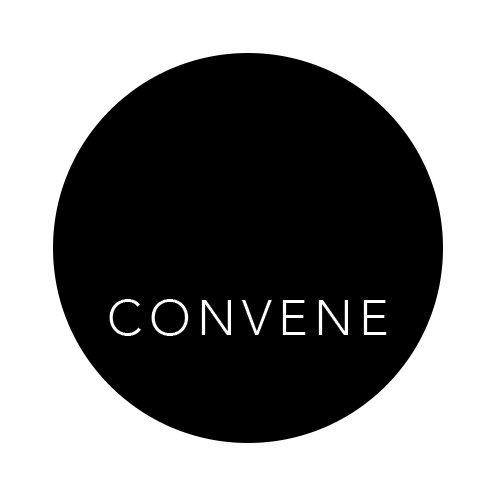True Partnership: Finding Strength by Leaning in to One Another
One of my greatest takeaways from living and working in Morocco was the power of community. Raised in an ultra-individualistic American society, I had never been exposed quite as starkly to the strength that lies in numbers - the strength that comes from relying on one another.
The best way I can think to illustrate this collective strength is the way that I discovered people approached helping each other carry things. It could be a big reusable bag or a small piece of luggage. If there were two handles, it became a job for two. The first time someone offered to help me carry something, I laughed, wondering how much it could possibly be of actual assistance to awkwardly carry a duffle bag between the two of us.
My skepticism was immediately quelled - the weight of the burden being lifted was greater than I could have imagined. Needless to say, with the help of another, I arrived at my destination in peace - infinitely less sore (and sweaty) than I would have been otherwise - and ultimately better prepared to put my best foot forward. I arrived with more energy - and an even deeper thirst for empathy-based learning and living, reinforced by the kindness of a stranger’s ability to shoulder the burden with me.
The Importance of Role Recognition
The learning curve was steep, and the immediate reassessment of my privilege in working with the Peace Corps for “development” despite thinking I was entering the space already “woke” enough was akin to a slap in the face – it left a mark. This mark proved to be critical, however, in helping me to better understand a very small portion of the challenges faced by communities globally, as my work led me to the only solution that mattered: community-centric partnership.
Working together with community leaders who had a deep knowledge of their homes and needs, my role became one of accompaniment. So often, we go into the work thinking we must “champion” the whole thing - without taking a step back to assess and understand better who should really be at the helm. As the months went by, I began to understand at a deeper level the power that these partnerships could have - and how I could fit myself into the puzzle.
The Journey to True Partnership
In a true partnership, each party defines their expectations and clarifies what they’re able to bring to the table. In a true partnership, each party recognises that where there is a shared challenge there must be shared ambition – approached often with different skills. It is only by bringing together a harmony of varying skill sets, perspectives and abilities that a true partnership can exist. In a true partnership, each party is anchored in the principles of equity and empathy - eager to enable the other to reach their fullest potential, and to support one another when times get tough.
The idea of partnership is one of the critical dimensions of good deliberate dialogue. In recognizing each other's strengths, but also allowing space for weakness, partnership can enable us to do those things which we could never do on our own. Partnership provides the channels through which to realise potential that reaches beyond our individual scope, laying out an arsenal of shared tools and knowledge for those involved. We know that we have work to do. There is a long journey ahead of us. That journey can be made lighter when we realise we do not need to shoulder the burden alone, but look towards our common destination and shared futures. The only way to go forward is to go together.
- Kelsey Holmes, Convene


